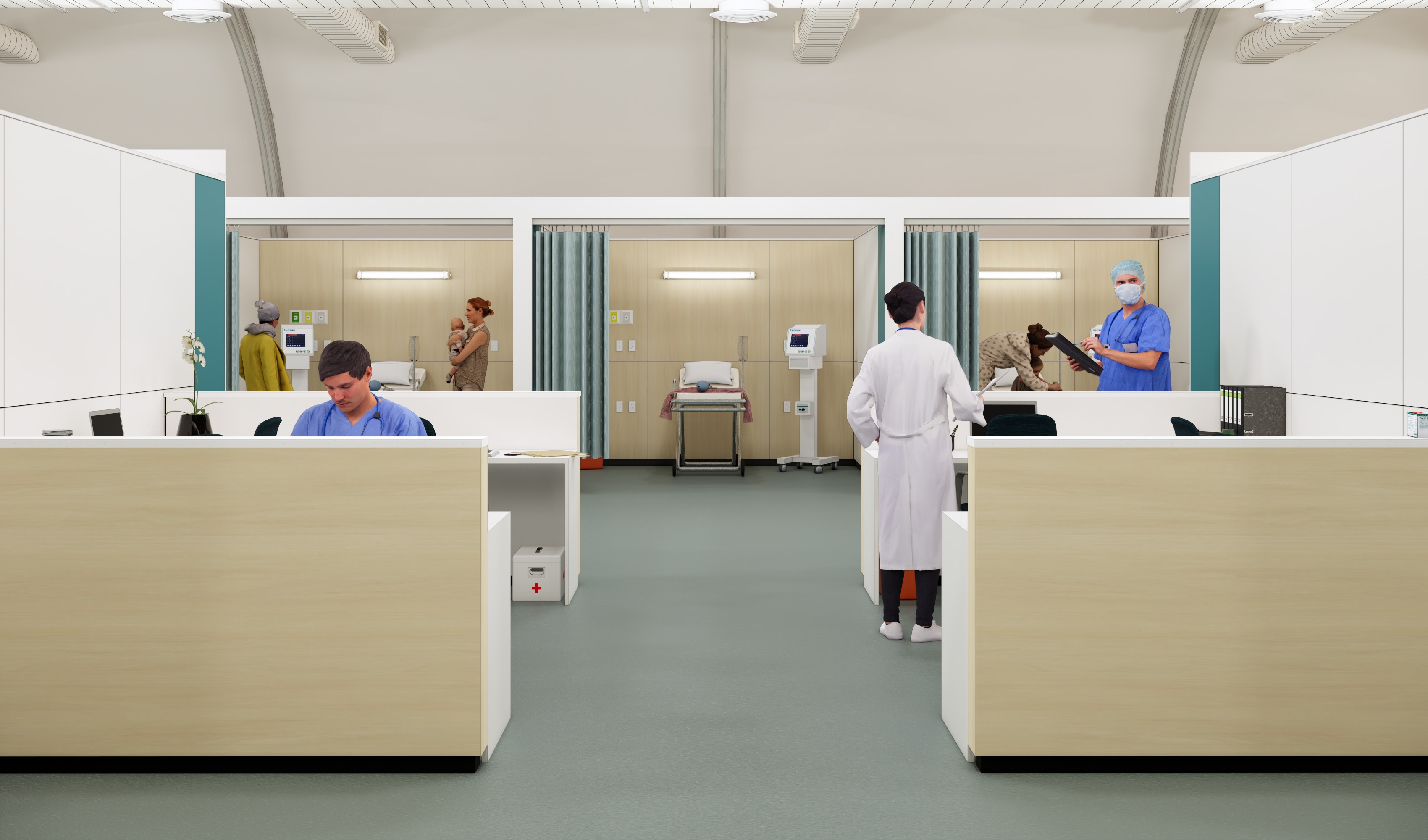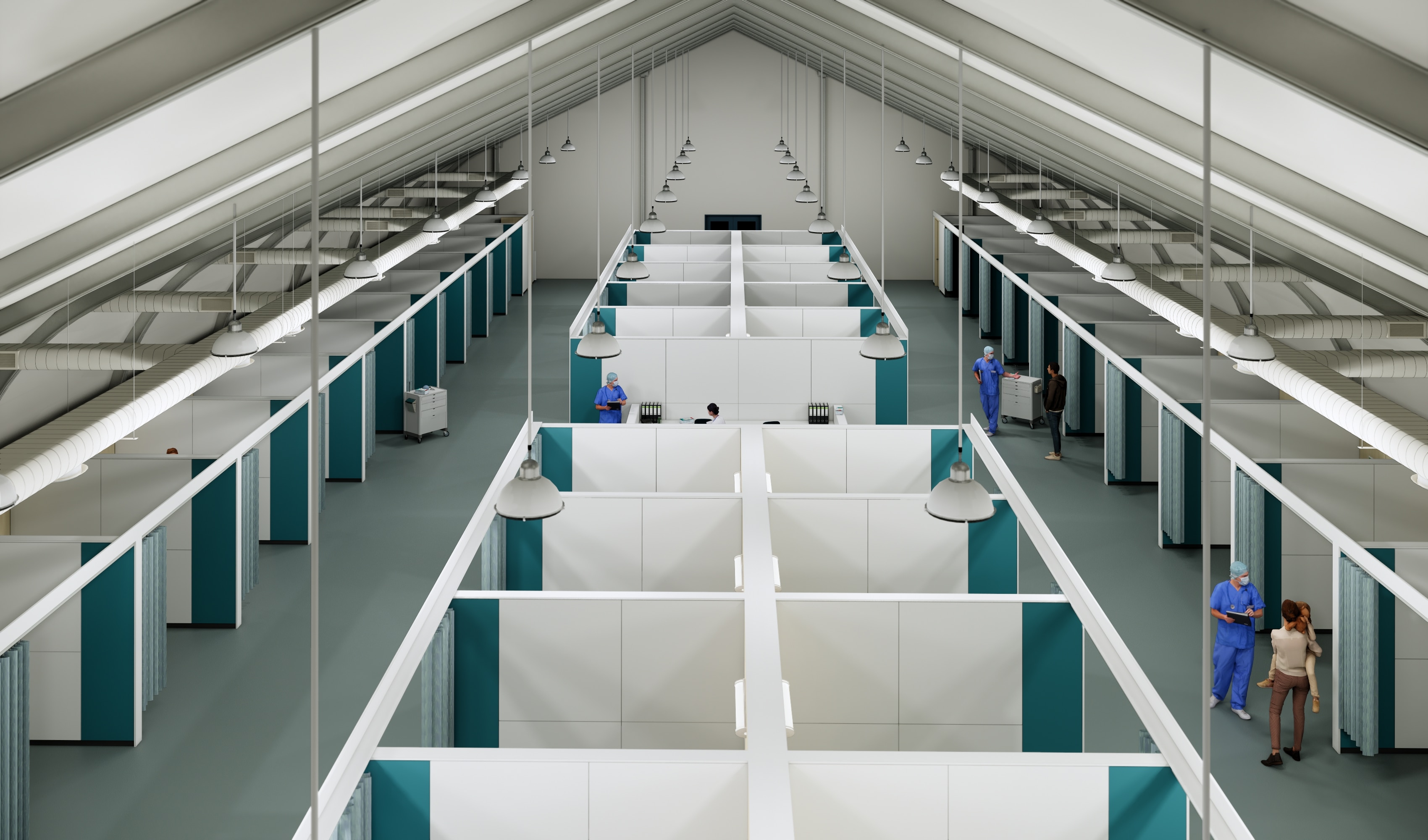Like Falkbuilt, Bennett says Autodesk software has helped the company immensely in its ability to respond immediately in crisis situations. Sprung Structures has robust experience in providing immediate solutions during natural disasters. It provided 20 structures at Tyndall Air Force Base near Panama City, Florida, within days after Hurricane Michael in 2018. It also provided workforce facilities to Ground Zero in New York City, temporary schools to American Samoa after a 2009 tsunami, and medical facilities for Rwanda refugees. Now it’s delivering structures for drive-through coronavirus testing facilities and rapid response healthcare facilities.
“We realize just how fast you have to be on-site, and the logistics involved,” says Sprung Structures vice president Jim Avery. “The software allows us to get our designs out quickly. We’ve been doing this for years, and we succeed because we have an aluminium-engineered membrane structure that is ideal not only for emergency response but for other applications later.”
Healthcare facilities can repurpose both Falkbuilt and Sprung components. Falkbuilt’s patient bays can be reconfigured into permanent hospital rooms, for example. Sprung’s emergency shelters can be dismantled and reused for future emergencies—whether a natural disaster or war against a virus.


